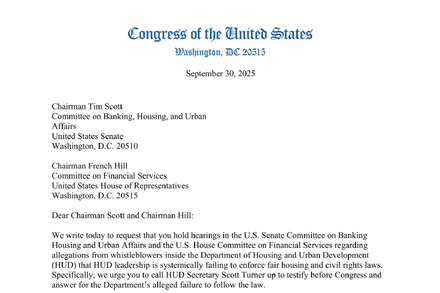The term “locking in” describes a multifaceted phenomenon where consumers, businesses, or systems become deeply entrenched with a particular product or service, often making it difficult or costly to switch. This dynamic holds significant implications for market competition, consumer choice, and innovation across various economic sectors.

The term “locking in” refers to a multifaceted phenomenon observed across various sectors of the economy, describing a situation where consumers, businesses, or systems become deeply entrenched with a particular product, service, or technology, often making it difficult or costly to switch away.
This dynamic has significant implications for market competition, consumer choice, and innovation. Economists and industry analysts frequently examine “lock-in effects” to understand market structures and potential barriers to entry for new competitors.
Understanding Lock-in Effects
At its core, lock-in is driven by switching costs, which can be financial, operational, or psychological. For consumers, these costs might include the effort of learning a new system, transferring data, or replacing compatible accessories. For businesses, switching costs could involve retraining employees, reconfiguring infrastructure, or losing established workflows and data interoperability.
Companies often strategically design their products and services to create a degree of lock-in. This can manifest through proprietary technologies, extensive ecosystems of complementary products, or loyalty programs that reward continued use. While beneficial for the incumbent firm, providing stable revenue and a defensible market position, it can also lead to reduced competition and potentially fewer incentives for innovation if switching barriers are too high.
Digital Dominance and Ecosystems
In the modern digital age, lock-in effects are particularly pronounced. Software platforms, operating systems, and social media networks often create powerful ecosystems that encourage users to remain within their sphere. Once users have invested time in learning an interface, building a network, or accumulating data within a platform, the perceived cost of migrating to an alternative can be substantial.
This is evident in areas like smartphone operating systems, where users commit to an ecosystem of apps, cloud services, and hardware. Similarly, enterprise software solutions, once integrated into a company’s operations, can become foundational, making a move to a different vendor a complex and costly undertaking.
Regulatory Scrutiny and Consumer Choice
The presence of strong lock-in effects sometimes attracts the attention of regulatory bodies, which scrutinize whether such dynamics stifle competition or disadvantage consumers. Antitrust concerns may arise if a dominant firm leverages its lock-in to unfairly disadvantage rivals or extract excessive prices. Discussions often revolve around data portability, interoperability standards, and the overall openness of digital ecosystems as potential remedies to mitigate severe lock-in.
For consumers, awareness of potential lock-in before committing to a product or service is crucial. Evaluating long-term costs, potential alternatives, and the ease of exiting an ecosystem can empower more informed decisions in an increasingly interconnected marketplace.
Source: Read the original article here.





